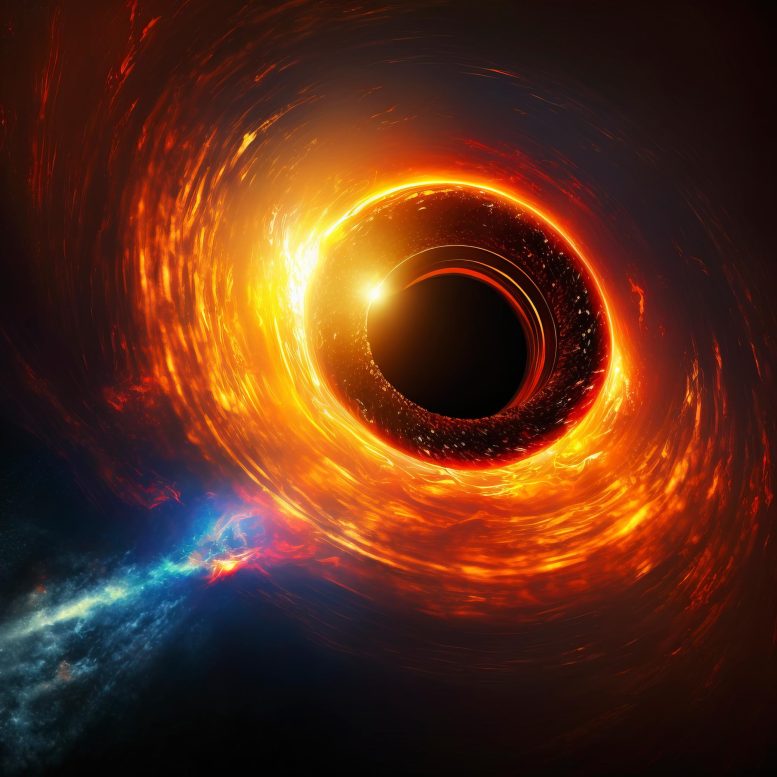
Researchers at Johns Hopkins University have conducted simulations that suggest the existence of a new type of celestial object that closely resembles a black hole. Called a topological soliton, this hypothetical object distorts space in the same way as a black hole but scatters and releases weak light rays instead of absorbing them. The researchers used mathematical equations and simulations to construct the object, indicating that there may be other hidden celestial bodies in space. This research is based on string theory and aims to reconcile quantum mechanics with Einstein’s theory of gravity, potentially proposing new types of ultracompact stars in the future.
Johns Hopkins researchers have discovered a hypothetical celestial object, called a topological soliton, which mimics a black hole but emits weak light rays.
It looks like a black hole and bends light like a black hole, but it could actually be a new type of star.
Though the mysterious object is a hypothetical mathematical construction, new simulations by Johns Hopkins researchers suggest there could be other celestial bodies in space hiding from even the best telescopes on Earth. The findings are set to publish in the journal Physical Review D.
“We were very surprised,” said Pierre Heidmann, a Johns Hopkins University physicist who led the study. “The object looks identical to a black hole, but there’s light coming out from its dark spot.”
The detection of gravitational waves in 2015 rocked the world of astrophysics because it confirmed the existence of black holes. Inspired by those findings, the Johns Hopkins team set out to explore the possibility of other objects that could produce similar gravitational effects but that could be passing as black holes when observed with ultraprecise sensors on Earth, said co-author and Johns Hopkins physicist Ibrahima Bah.
“How would you tell when you don’t have a black hole? We don’t have a good way to test that,” Bah said. “Studying hypothetical objects like topological solitons will help us figure that out as well.”
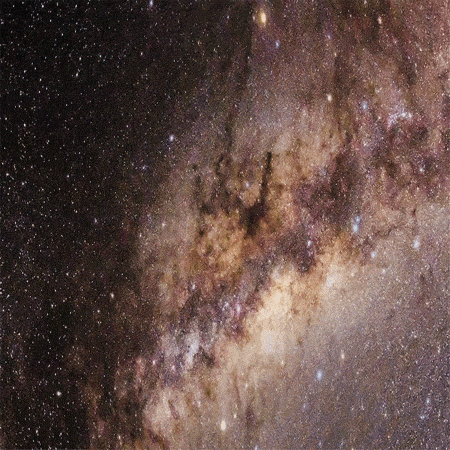
Movie clip showing the gravitational lensing effects caused by no object in an observer’s line of sight, a black hole, and the topological soliton. Credit: Pierre Heidmann/Johns Hopkins University
The new simulations realistically depict an object the Johns Hopkins team calls a topological soliton. The simulations show an object looking like a blurry photo of a black hole from afar but like something else entirely up close.
The object is hypothetical at this stage. But the fact that the team could construct it using mathematical equations and show what it looks like with simulations suggests there could be other types of celestial bodies in space hiding from even the best telescopes on Earth.
The findings show how the topological soliton distorts space exactly as a black hole does—but behaves unlike a black hole as it scrambles and releases weak light rays that would not escape the strong gravitational force of a true hole.
“Light is strongly bent, but instead of being absorbed like it would in a black hole, it scatters in funky motions until at one point it comes back to you in a chaotic manner,” Heidmann said. “You don’t see a dark spot. You see a lot of blur, which means light is orbiting like crazy around this weird object.”
A black hole’s gravitational field is so intense that light can orbit around it at a certain distance from its center, in the same way that Earth orbits the sun. This distance determines the edge of the hole’s “shadow,” so that any incoming light will fatally hit the region that scientists call the “event horizon.” There, nothing can escape—not even light.
The Hopkins team simulated several scenarios using pictures of outer space as if they had been captured with a camera, placing a black hole and the topological soliton in front of the lens. The results produced distorted pictures because of the gravitational effects of the massive bodies.
“These are the first simulations of astrophysically relevant string theory objects, since we can actually characterize the differences between a topological soliton and a black hole as if an observer was seeing them in the sky,” Heidmann said.
Motivated by various results from string theory, Bah and Heidmann discovered ways to construct topological solitons using Einstein’s theory of general relativity in 2021. While the solitons are not predictions of new objects, they serve as the best models of what new quantum gravity objects could look like compared to black holes.
Scientists have previously created models of boson stars, gravastars, and other hypothetical objects that could exert similar gravitational effects with exotic forms of matter. But the new research accounts for pillar theories of the inner workings of the universe that other models don’t. It uses string theory that reconciles quantum mechanics and Einstein’s theory of gravity, the researchers said.
“It’s the start of a wonderful research program,” Bah said. “We hope in the future to be able to genuinely propose new types of ultracompact stars consisting of new kinds of matter from quantum gravity.”
The team includes Johns Hopkins physicist Emanuele Berti. The topological soliton in the simulations was first constructed in research published in 2022 by Bah’s group.
Reference: “Imaging Topological Solitons: the Microstructure Behind the Shadow” by Pierre Heidmann, Ibrahima Bah and Emanuele Berti, Physical Review D.

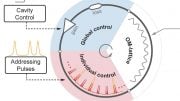

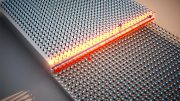


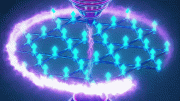


Has anyone even considered this could be the hypothetical “white hole” (opposite/other side of a black hole) that has been theorized if black holes act like wormholes instead of just points of gravitation that end in tiny nothingness (Planck size would suggest that’s not possible; it MUST rip through space/time to somewhere else, if even a bubble universe).
But what would a “white hole” look like? We’ve assumed it would look like a bright light (the opposite of a black hole), but that’s probably not the case in reality as unless a black hole is feeding, it’s generally not going to be ejecting anything on the other side and would only appear “white” when something is passing through it. If that something were relatively small, it might look like a dim light emerging from an otherwise “black hole” and that would explain both the gravitational distortion and the light emerging from it. Things aren’t being sucked into this hole; they’re being expelled from it on this side while the other side is a black hole somewhere else.
The question is whether more “black holes” are actually “white holes” and our imaging simply isn’t powerful enough to see the emissions coming from them and we just assume the massive gravity indications mean they’re black holes (lack of stars near such an event might be “repulsed” from it rather than sucked into it, but otherwise appear similar at a distant glance). The long theorized negative energy may be a reality close to one of these as well, which if harnessed somehow might make artificial wormhole travel possible.